A restaurant wine list is an extension of your menu that can drive revenue while offering your customers delicious beverage pairings that complement your food. Wine is a classic food accompaniment, and it is easy to sell by the glass or the bottle. However, not every guest reads your wine list (some can find wine […]
A restaurant wine list is an extension of your menu that can drive revenue while offering your customers delicious beverage pairings that complement your food. Wine is a classic food accompaniment, and it is easy to sell by the glass or the bottle. However, not every guest reads your wine list (some can find wine intimidating), so your wine list should be enticing to wine experts and novices alike.
In this article, I look at the basics of how to list wine on a menu, alongside advanced considerations like flavor combinations and wine varietals you’ll want to consider.
Creating a wine list requires careful consideration and a little bit of time. Below are some of the major steps you will take in building out a wine list.
Recognizing the kind of restaurant you operate involves considerations like your service and food style, pricing, location, and even storage space. I discuss each point in more detail below.
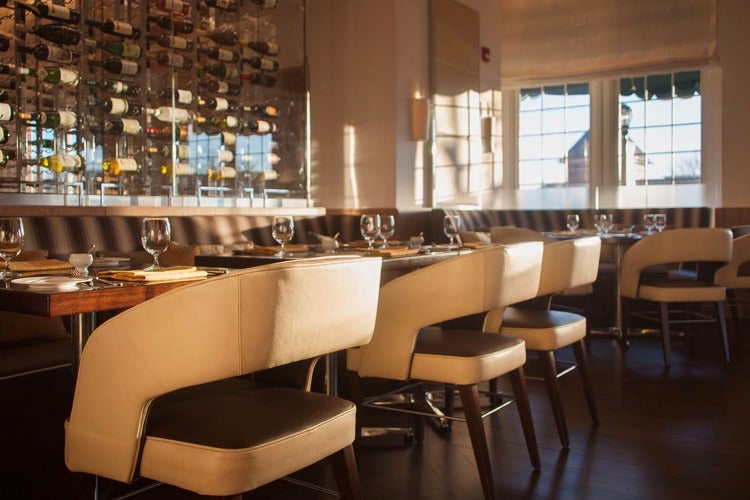
The next important step in creating your wine list is finding suppliers that carry the wines you want. There are many different wine suppliers you can find throughout the US; some are major distributors who handle a wide array of wines, while others specialize in specific regions.
Southern Glazers, for example, is a reliable major supplier of alcoholic products—wine being one of them—that I have used in order to get bottles into my restaurant for a reasonable price. It carries a broad selection of wines, which is what you may start to look for in a larger vendor. Large vendors like Southern Glazers also tend to provide services that make it easy to sell their wine, from regular wine tastings to sales representatives who help you design your list.
Wein-Bauer is another example of a supplier that many businesses in the Midwest rely on for specific types of wines—it has a focus on wines from Austria, Germany, Portugal, Hungary, France, and South America. It also has options from other parts of the world and spans most states in the country for delivery, but niche distributors like this are a great fit if you specialize in a specific regional cuisine.
Lastly, going straight to select vineyards or producers for specific bottles that might not be available at other sources. This route is generally more expensive, so finding a niche supplier that would have access to a hard-to-get winery tends to be better, both for your budget and for delivery options. Either way, buying from the vineyard is always an option, especially for smaller vineyards or those with a very limited selection. An example of this could be a limited vintage from a specific winery that you pick up from auction, but is not commonly sold anywhere else.
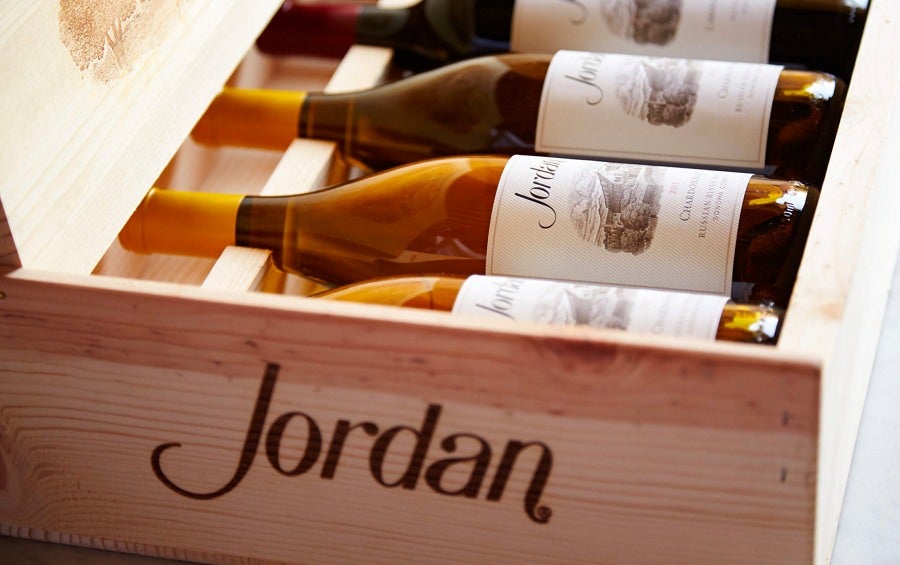
You don’t need to choose just one supplier for your wine list. Most restaurants use a combination of all the suppliers I described above to create a comprehensive wine list. Sourcing from multiple suppliers also ensures a steadier supply of wine; if one supplier has low stock, encounters a driver shortage, or replaces your sales rep, you can still rely on your other suppliers to keep you stocked.
Sampling wine is the next—and possibly most fun—step in the process of building your wine list. We should point out that everyone’s palette is different, so working as a team is great to see how the wine you are trying affects different taste buds. Additionally, going from light to heavy in flavor is the proper way to taste many wines in one sitting, so keep this general rule of thumb in mind.
The world of wine is large, so having the experience to know where to start is a big one. Below is a quick list of some of the factors you should take into account when tasting wine:
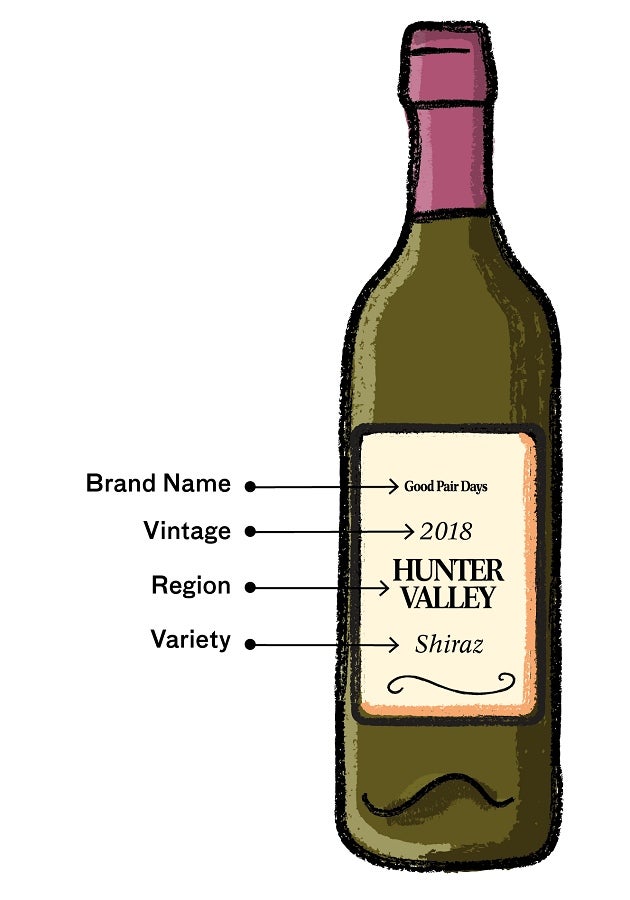
Pairing your wine with food is the next step in building out your wine list and one of the most important parts of offering wine in your business in the first place. There are a few creative ways you can go about doing this, but the main takeaway is that your wine should be an extension of your menu, enhance the food you are preparing, and improve the overall dining experience for your customers.
If you are offering a tasting menu, you can have recommended wines underneath each selection while still offering a wine list on the side. This allows you to deliver a recommendation that you have personally vetted and is a chance to go above and beyond for customers when they do decide to opt in for that wine pairing. It also takes away the risk of customers ordering blindly and ending up with a meal that doesn’t match.
Wine is very subjective, so as a restaurant operator, you need to fill the space of an expert when it comes to dining. Customers will put trust in you, so make that count.
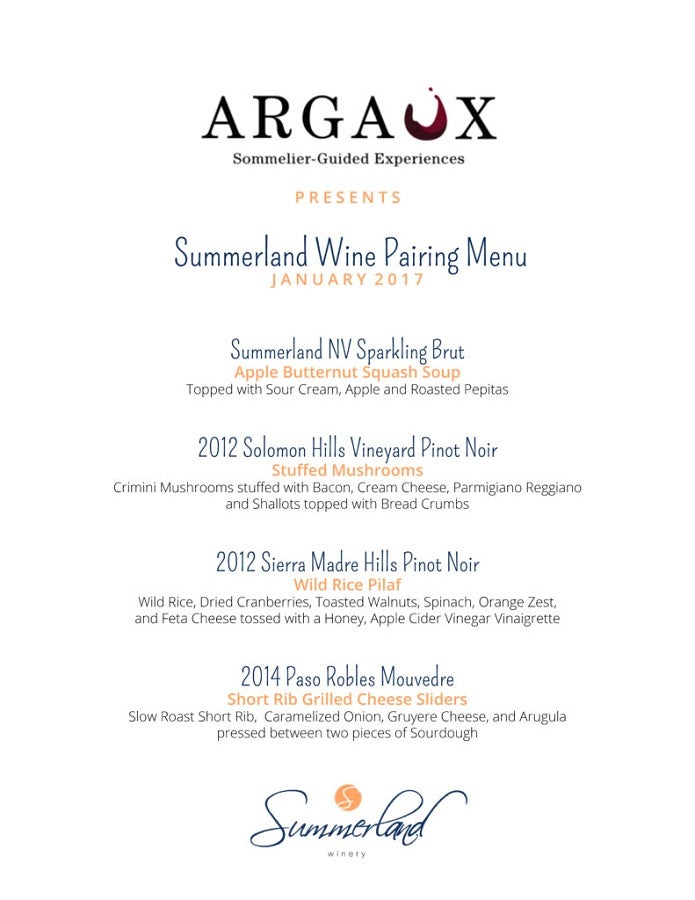
Variety is key in a wine list as well when it comes to pairing with food. Below are some types of wines that you should aim to have on your list and their associated food pairings:
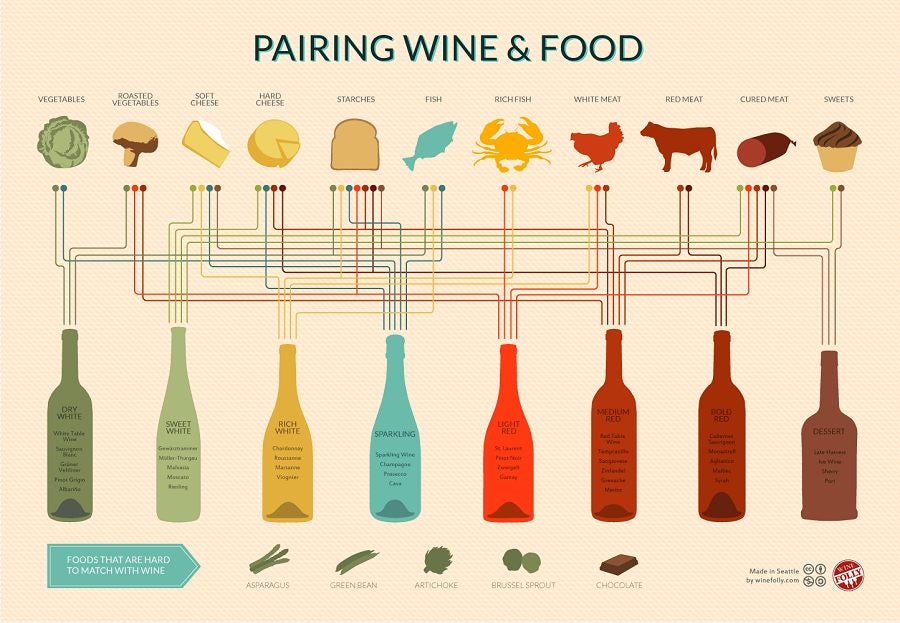
With your wine list options selected, it’s time to price the wines. The standard wine markup is products by 2 to 3 times the cost of a bottle of wine. Glasses of wine are typically priced close to the price you pay for each bottle; if your cost for a bottle of rosé is $8, then a single glass might be $7.95.
This is a general guideline for low and mid-priced wines. As you get higher in price, this markup starts to become unreasonable for many diners. So, for bottles that cost you $20 to $30, this higher markup works great. But look for slightly lower margins as the cost of the wine increases. At the end of the day, you are trying to sell a product, and marking a $400 bottle up to $1,200 is a drastic jump that most customers simply will not pay.
With your wines selected, paired with your food, and priced, it is now time to lay out your printed wine list. You’ll need to gather some key information about each bottle of wine you plan to sell, how you plan to sell it (by the glass, by the bottle, or both), and the price you plan to charge.
A wine list should be arranged into groups over price. For example, if you are offering a couple of sparkling wines on your menu, then have a “Sparkling Wine” section that groups the wines by their style over their price. You can then organize by price from cheapest to most expensive.
You will also want overarching sections for by-the-glass wines and by-the-bottle wine offerings. For example, a by-the-glass section would then be divided into sparkling wines, red wines, white wines, and dessert wines. The same goes for bottles. Offering both single-serving and bottle options is great for high-profit or popular wines you may have on your list. You can capture guests who want a glass or two while also catering to those who want to splurge on a whole bottle.
With your sections organized, you’re ready to list your individual wines. There is a traditional way to list wine on a restaurant menu. Within each category, the industry-standard wine listing format is:
Bin# Vineyard, Wine Name, Varietal, Region – Additional information | Vintage $Price
Some of this information is optional; what you include in each listing depends on the bottles you select and the section of the wine list they appear in. The bin number is a number you design to tell your staff where they can find the bottle in your restaurant. If you don’t have a lengthy wine list, you may choose not to use bin numbers.
Some wines have a special name applied by the winemaker (Caymus “Conundrum” is a common example). If the wine has a special name, you should list it, but if it does not have a special name, you won’t use this section of the listing. Also, you won’t always list the varietal of the wine in the individual listing. For example, if you have a whole page of Chardonnay, you won’t list the varietal of every bottle unless it differs from 100% Chardonnay. But you’ll always want to list the varietals of your Champagnes, as there are seven approved varietals in the Champagne region.
Some wines may have additional information, while others do not. When listing a French wine, customers tend to look for the bottle’s “Cru,” or growth designation. This is a detail that is specific to French wines, and including this information will help you sell these higher-priced wines. You should always list the vintage, or the year the wine was made. If the winemaker has listed the wine as non-vintage (aka “NV”), as is common with Champagne, then you typically write “NV” in this section. The price is commonly listed on the far right of each wine. That’s just basic salesmanship; let customers fall in love with the bottle before you show them the price.
If your staff is not knowledgeable about your wine, you simply will not sell as much of it. Any good front-of-house operator will ensure their staff is properly trained on all of the wines they have on offer on the menu. As stated earlier, wine is very subjective. Knowing how exactly each wine you offer tastes and what it pairs well with is a surefire way to not only sell to guests but also to show off your knowledge as a business. If your wine list is extensive, with many bottles, then having your staff trained on the most popular ones and those that are paired with any tasting menus is key.
Training does not happen overnight. Take each week to do a tasting of a grape varietal on the menu, maybe even have some food made for these tastings. Break down the different types of that grape varietal on your menu and what that wine should be paired with. Consistent and established training on your wine program will have a tremendous effect on sales later down the line. Also, have cheat sheets made for your staff to study the wine you offer and recommended dishes to pair it with to make training easier. You are basically asking your staff to study, so make it fun, easy, and rewarding to be a knowledgeable employee in your restaurant.
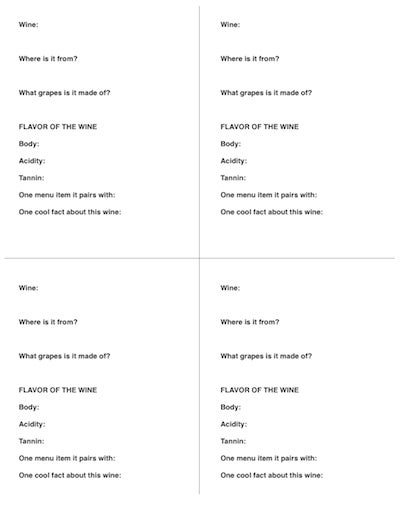
If you are going to have a dedicated wine list, it is important to have a wine professional (also called a sommelier) on staff or consulting on the list. A sommelier or sommelier consultant will help you select good-tasting wine and they should also be able to point you to specific vintages, wineries, and varietals that fit your food menu and your budget.
Above, we shared the different kinds of steps it takes to build a successful wine list. Below are some quick tips on the major types of wines consumers may expect to see on a menu, the balance of selling a glass versus a bottle, and other relevant information to make your wine list a success.
While the world of wine is vast, there are some major grape varietals consumers are drawn to due to their comfort with these grape types and past enjoyment. Below are some of the most popular grape types you should consider offering on your wine list.
There is always the question of which wines to serve by the glass versus by the bottle. For starters, selling a bottle of wine is a much more efficient way to make money. Simply put, you avoid any leftover wine from going stale as the consumer pays for all of it, and it is a bigger purchase with a little more profit to be made.
That being said, not every consumer is in the market to buy a whole bottle of wine every time they dine out. So, it is better to sell popular wines in the most common varietals you may sell and then keep bottles of those and more niche wines or higher-valued wines in the bottle section. This is how most operators approach this issue.
In the wine list creation section, we mentioned some ways to design your list that will offer more wine sales in general. Below are a few tip quicks in order to sell more wine overall at your restaurant:
A wine list is an extension of your menu and what your menu represents. It can be the factor that makes a dining experience go over the top for your customers, so extra care should be given when creating it. A solid wine list shows exactly what a customer can order and makes it easy for your customers to make a solid choice that they will enjoy. Use the tips in this article to build out your wine list and sell more wine. And don’t forget, the more knowledgeable you and your staff are on wine, the more of it you will sell.
Ray Delucci is a graduate of The Culinary Institute of America with a Bachelor’s in Food Business Management. He has experience managing restaurants in New York City, Houston, and Chicago. He is also the host of the Line Cook Thoughts Podcast, where he interviews and shares the stories of foodservice workers. Ray currently works in food manufacturing and food product development.
Property of TechnologyAdvice. © 2025 TechnologyAdvice. All Rights Reserved
Advertiser Disclosure: Some of the products that appear on this site are from companies from which TechnologyAdvice receives compensation. This compensation may impact how and where products appear on this site including, for example, the order in which they appear. TechnologyAdvice does not include all companies or all types of products available in the marketplace.